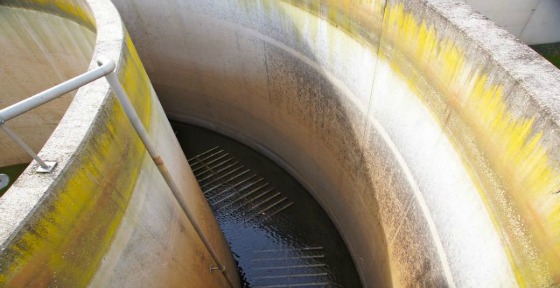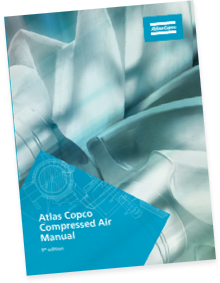John Conover, expert on blowers and low-pressure compressors for Atlas Copco, shared his expertise in Compressed Air Best Practices' Expert Webinar Series last Thursday. He reviewed and compared two technologies, the ZS rotary screw blower and the ZB centrifugal blower, in his presentation titled “Overview of Magnetic Bearing High-Speed Centrifugal and VSD Rotary Screw Blowers Applied to Wastewater Treatment Process Operations.”
Aeration is an essential process in wastewater treatment. During the second stage of water treatment, oxygen needs to be introduced to the wastewater for bacteria to metabolize the waste. Once the water has been cleaned properly through aeration, it proceeds to a final cleaning through chlorine or UV light. Because of these multi-step practices, treated wastewater is more sanitary than the water most people in the world drink.
Conover outlined the various qualities of each machine and its appropriate application for aeration in wastewater systems. The ZS rotary screw blower is an adaptation from the screw compressor. It is a Class 0 oil-free blower that can reduce energy costs by 30 percent. The ZB centrifugal blower is also a Class 0 oil-free blower, offering quiet noise level and gearless operation. Both are rated at 300 hp with VSD capabilities and offer significant turndown capabilities. By using Atlas Copco blowers for aeration needs, operators can use less equipment that functions over a wider range of available turndown.
Keynote speaker Tom Jenkins of JenTech Inc. addressed the role of turndown in his presentation on calculating aeration flow and pressure requirements for wastewater treatment plants. Because nothing in aeration is in steady state, turndown – or the ability to operate at a percentage of rated capacity – is more important for blowers than overall efficiency. Jenkins also explained that flow rates from blowers are based on the maximum and minimum mass flow of the system as well as the required turndown. The discharge pressure should be calculated based on system geometry, including submergence and friction, and should account for variations in ambient conditions.
Jenkins recommends using two blowers operating at 25 percent and one at 50 percent, allowing for appropriate turndown during changes in demand. The ZS rotary screw blower and the ZB centrifugal blower are both ideal for this application. Atlas Copco's technical resources and knowledge provide a variety of unique solutions to integrate these blowers and other technology into any operation.
Learn more from the full webinar. Contact an Atlas Copco representative today to find out which blower best fits your operation.

